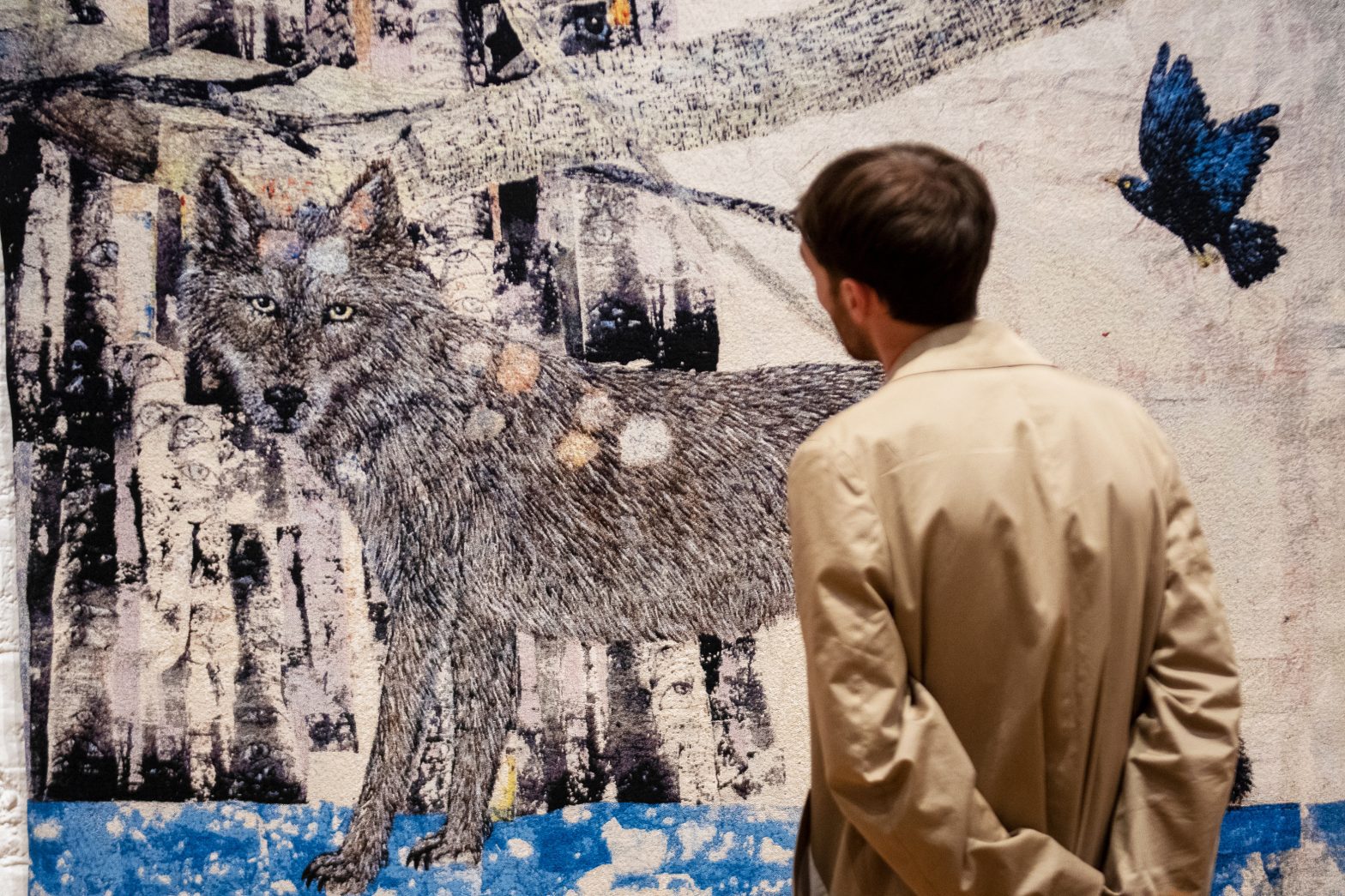As our exhibition Kiki Smith: I am a Wandererdraws to a close, we’re looking back on the artist’s life and work.
We’ve put together a list of 5 things you might not know about some of the unlikely places she gets her inspiration, and those who influenced her as she was starting out.
1. Anatomy
In the mid-1970s, Kiki Smith’s boyfriend at the time gave her a copy of Gray’s Anatomy, a textbook of human anatomy. Studying and copying anatomical diagrams from this book had a significant impact on her work and choice of subject matter. She has described that: ‘all of a sudden my whole life made sense to me. It gave me a language: a place to find self-expression.’ (Interview in The i, 2019).
For a short time in 1984, she trained to be an emergency medical technician and sculpted body parts, and by 1990, she had begun to craft human figures.


2. Spirituality
Smith was raised a Catholic. She attributes her interest in the body and the anthropomorphism (the attribution of human characteristics or behaviour to a god, animal, or object) in part to her Catholic upbringing.
However, she has described herself as specifically a ‘cultural Catholic’. In an interview in 2006, she explained: ‘I wouldn’t say I’m a spiritual person, although I pray every day‘. When asked what she prays to, she replied: ‘That shifts around. I try to cover all my bases’. (Interview in The New York Times Magazine, 2006).

3. Animals
Smith has described her interest in animal bodies as a natural progression in her work: ‘First I made anatomical drawings, drawings of particles and cells, then works about systems in the body, like the lymph and the digestive system, then works about skin, then whole figures and sculptures based on different cosmologies. And then, through the cosmologies, animals.’ (Interview in The New York Times Magazine, 2006).

Smith now spends much of her time surrounded by nature. Many of the creatures – bees, birds and deer – in her tapestries are inspired by things she sees on her road. And goat moths, which Smith describes as ‘little furry things that mimic birch bark’.

4. An artistic childhood
Kiki’s father was the sculptor Tony Smith, renowned for his monumental modular sculptures.
As a young girl, she and her sisters would make paper models to assist their father’s production of octahedrons and tetrahedrons. Smith has suggested that this early ‘use of paper in a physical manner, and the repetition of that, is maybe one reason I like printmaking.’

5. Becoming ‘something unimaginable’ – an artist
In 1985, aged 31, Kiki Smith wrote painter and printmaker Pat Steir a fan letter, in the form of a postcard.
Having seen her on the cover of ARTNews, Smith had been struck by Steir’s description of herself becoming ‘something that was “unimaginable” – an artist.’ Smith wrote to Steir: ‘If you could survive, it means I can, too.’
In 2019, by now old friends, Smith and Steir revisited the story. Smith recalled: ‘Even for me, coming from an art background, [that line] gave me such a sense of possibility and hope for my own life. It wasn’t like I had an idea of what I could become, but I liked that I could become something unimaginable.’
Read more about this story here.

